‘I’d run down the road thinking I was God’: a day at the cannabis psychosis clinic
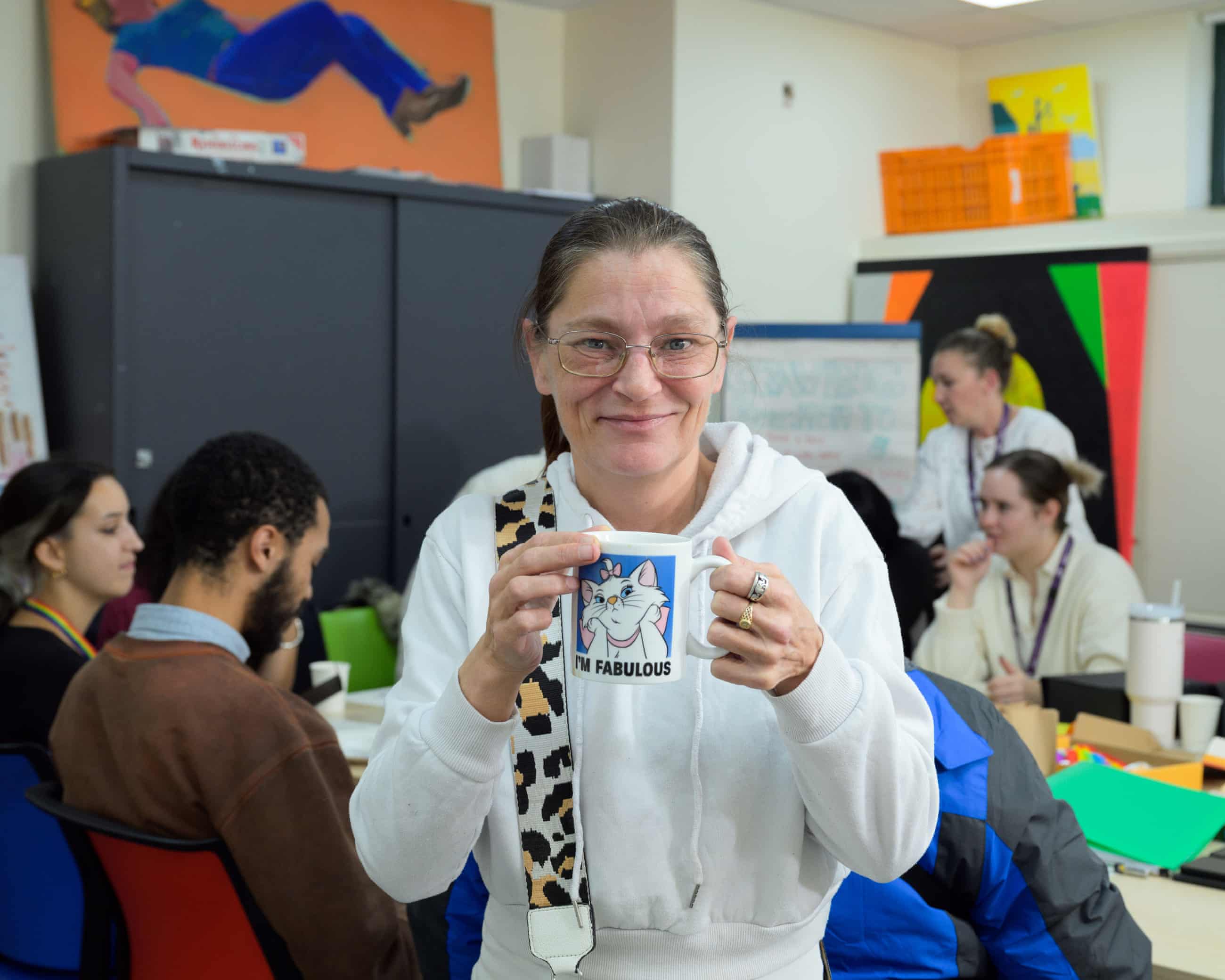
Katie hears voices and has been sectioned 50 times.Isiah became paranoid and tried to kill himself.Both link their illness to cannabis – and the drug is getting more and more potent.Is a tiny London clinic showing the way forward?It’s two years since Isiah found himself on the roof of a south London shopping centre, about to jump.“I was very done,” he says of that night in November 2023.
“It felt there was no other route or option,First, I did a walk around everywhere important to me: primary school, secondary, college,” Then he headed to Lewisham shopping centre,“I remember my head was telling me: ‘You’re probably better off doing this,’”He was exhausted by his paranoia, which had grown in tandem with a cannabis habit.
Now 29, he first tried marijuana at 14, becoming a daily user by 17.At university, studying event management during the pandemic, he smoked more “because this is how you meet people”, but remembers growing “feelings of suspiciousness”, first towards his housemates, then to his workmates at a part-time office job.He struggled to sleep, “started to isolate”, and cannabis became a way to cope.In the end, smoking three joints a day, he felt he could trust no one.Boyish and smiley in spite of his trauma, he is telling his story at the monthly brunch group of the Cannabis Clinic for Patients with Psychosis, surrounded by tables full of jelly sweets, fidget toys and colouring books, all designed to take users’ minds off their cravings.
Based in Denmark Hill in south London, this is the only clinic in the UK – indeed, its founders believe, anywhere – to offer specialist “dual-diagnosis” support for adults with psychosis who are trying to reduce their cannabis use,That the Cannabis Clinic stands alone in tackling these issues at the same time seems remarkable, given the links that have been established between them,A 2019 study by King’s College London, published in the Lancet Psychiatry, estimated that across 11 locations in Europe, 12% of new cases of psychosis were linked to the use of high-potency cannabis (meaning anything consisting of 10% or more tetrahydrocannabinol, or THC),In London, where high-potency strains dominate the market, the figure was 30%,A few miles from the clinic, at University Hospital Lewisham, consultant Diego Quattrone, who runs the psychiatric intensive care unit, says that at least 80% of new admissions report cannabis use.
He feels the dangers of the drug are overlooked, adding that use is “among the strongest factors associated with violence before and during admission”.Meanwhile, “daily use of high-potency cannabis” is associated with “a distinct subtype of violence driven by psychotic symptoms, such as paranoid delusions and hallucinations”.It is not surprising then that the Cannabis Clinic, which works closely with King’s College London’s Institute of Psychiatry, Psychology and Neuroscience, reports increased demand for its services.It takes just 16 people at a time, mostly men in their 20s, offering them weekly one-to-one meetings for up to a year, lively weekly online support sessions, and the monthly brunch group we are attending today.Patients on the waiting list (14 currently) are welcome at the brunches, and also get regular reassuring telephone calls.
It was the sheer persistence of one woman, Dr Marta Di Forti, a professor of drug use, genetics and psychosis at King’s, that brought the clinic into being, first in a trial by the Maudsley Charity, then with a commission from the South London and Maudsley NHS foundation trust.She is its clinical lead, and with two part-time practitioners has helped 90 people since the NHS commission.Of those who completed the clinic’s intervention, 74% have stopped using, and 91% of that group have gone back to education or work.Di Forti is devastated that people are now waiting months for the vital one-on-one sessions.Is it dangerous? “Of course,” she says.
“It is a huge wasted opportunity.The chances of them getting a severe presentation of their psychosis and needing hospital admission is between three and four times greater.”Isiah has been on the clinic’s waiting list for two months.Despite being taken to hospital that night on the roof after an employee got to him “in the nick of time”, and receiving therapy and medication, he still uses cannabis daily.Overall, he consumes less than he did, and his mental health has improved, but he is unable to stop.
No service has supported him in tackling his addiction.Here, he has been encouraged to join group sessions while he waits.His mum, Nicci, 53, is with him, sitting close, her eyes revealing how drained she is.Isiah lives at home.She recalls his distressed calls from university.
Later, he would tell her that his workmates “were in contact with each other, trying to … harm him”.He had once been a fun-loving teenager keen to take up acting.“I just didn’t recognise my son,” she says.“There were moments he could only just about [trust me].” Both financially and emotionally, his habit haunts them.
“He has to come off it,” she says.“Because it’s like the king.It’s ruling everything.It’s there every day.”As we speak, nine service users, predominantly young men, are creating “cravings boxes”, full of items to distract them when needed.
This apparently lighthearted task exemplifies the clinic’s stance of tackling the practical hurdles of withdrawal alongside psychological issues, all with as little pressure as possible.Senior practitioner Jodie Lynn explains other approaches.“Sometimes we do role-play: how to have difficult conversations.Some people find it really difficult to set boundaries with their peers.And there are cannabis diaries: we get people to record when they’re having joints, how they were feeling before and afterwards – the triggers.
”Sleep and dreaming emerge as an important area.Heavy cannabis users typically never dream.When dreams return as they withdraw, they can be terrifying, which can prove an insurmountable obstacle.“It’s just about supporting them through that,” says Lynn.Many users hear voices, often derogatory, harbour “grandiose beliefs” about their spirituality, powers, even celebrity, and experience visual hallucinations.
One-to-one sessions can be online to work around these complexities,“We’re working with people who might be a bit paranoid about coming out of the house,” says Lynn,No one’s psychosis is the same,Aaron, 23, manipulates a black fidget toy,He started smoking at 18 at university and the habit became three joints a day.
He describes his psychosis as “dissociation from reality”, “a disregard, like apathy”.This resulted in erratic behaviour that led to him being arrested.“I was loud in public, shouting, running from police.” He was admitted to hospital twice.It is two weeks since he last used.
Meanwhile, Kenneth, 31, observes everything intently,He is well-spoken, poised, but insular,His psychosis is dominated by sounds, which often seem to come from inanimate objects,From the age 22 he used every day; now it’s “once or twice” a month,He was using to “socialise, experiment”.
To cope? “Without realising it,” he says.“I didn’t think much about why until I came to the clinic.” Making connections is central here.These young people are living in a hotspot.A study in the Lancet Psychiatry in 2019 found south London had the highest incidence of psychosis in Europe and identified cannabis as a contributor.
But although this part of the capital has a reputation for cannabis consumption, there’s more to this story than the number of users.Cannabis use is declining in England and Wales, according to the Office for National Statistics, and in London it is falling sharply: in 2023-24 only 6.8% of 16- to 59-year-olds had used the drug in the previous year, compared with 14% in 2001-02.However, Di Forti explains, those who do use are doing so more frequently.She points to a large study called Cannabis and Me, led by King’s and published in BMJ Mental Health in August.
This questioned 3,389 former and current cannabis users aged over 18.“Fifty per cent were daily users and the overall consumption of cannabis per week was 17 joints.” She says decreased perception of harm is one potential reason, driven in part by the increased use of cannabis for medicinal purposes.While the NHS prescribes for a small number of conditions, some private clinics prescribe much more freely.“‘If cannabis is medicinal it can’t be too bad’: this is something I get all the time from my patients …”The high potency of modern cannabis is key.
Forty years ago, dried leaf marijuana found in Britain was commonly 3% THC.In London, skunk-like cannabis of an average 14-16% THC accounts for 94% of the street market.“My patients will tell you they can’t get hold of low-potency cannabis even if they wanted to,” she says.Di Forti’s husband is Sir Robin Murray, a professor of psychiatric research at King’s.Talking shop is clearly hard to avoid.
“It does dominate our dog walks,” she admits.He describes the situation starkly: “I think we are at the beginnings of an epidemic.” He compares it to when diabetes experts were “banging on” about fast food obesity in the 1980s.“We thought, ‘They’re just exaggerating’ – and it turned out to be true … As cannabis becomes more available, more potent, then we’re going to see more, more and more psychosis.”He cites an increase in lower-level paranoia, too.
“Those who are using a lot are more likely to be a bit paranoid.They’re not sufficiently paranoid to get admitted, but they’re sufficiently paranoid to quarrel with colleagues, to be suspicious of friends, to fight with their spouse.”The clinic can feel like a tiny bastion against this rising threat.Yet 20 minutes with Katie and you see its power to change lives.The 46-year-old grew up in care and was only eight when she first tried cannabis.
She was a daily user at 12.“I was self-medicating with it for many years,” she says.She heard voices from a young age.“They’re very intrusive, commanding voices that usually tell me to harm myself or other people … to beat people up, stab people, to try and kill myself.”Smoking about 20 joints a day by the age of 20, she was then first admitted to hospital.
“I was running down the Old Kent Road wearing fluffy pyjamas and nothing on my feet at 2am thinking I was God.” In the following two decades, she was sectioned 50 times.For all the medication and support she received, none of it was targeted at cannabis.Yet a year after finding the clinic, she is now abstinent.She still hears voices “pinging off in my head”, but can live well.
“My paranoia was so bad I couldn’t get on a bus or a train, could barely get out of bed and leave my house at my worst … Now I’m here and everywhere,” she says,She is sleeping and eating again,Hers is a seismic transformation,Implemented widely, the clinic’s integrated approach could stem a tide,“I wouldn’t say I’m better, but I’m a lot healthier – I’m able to do a lot more,” she says
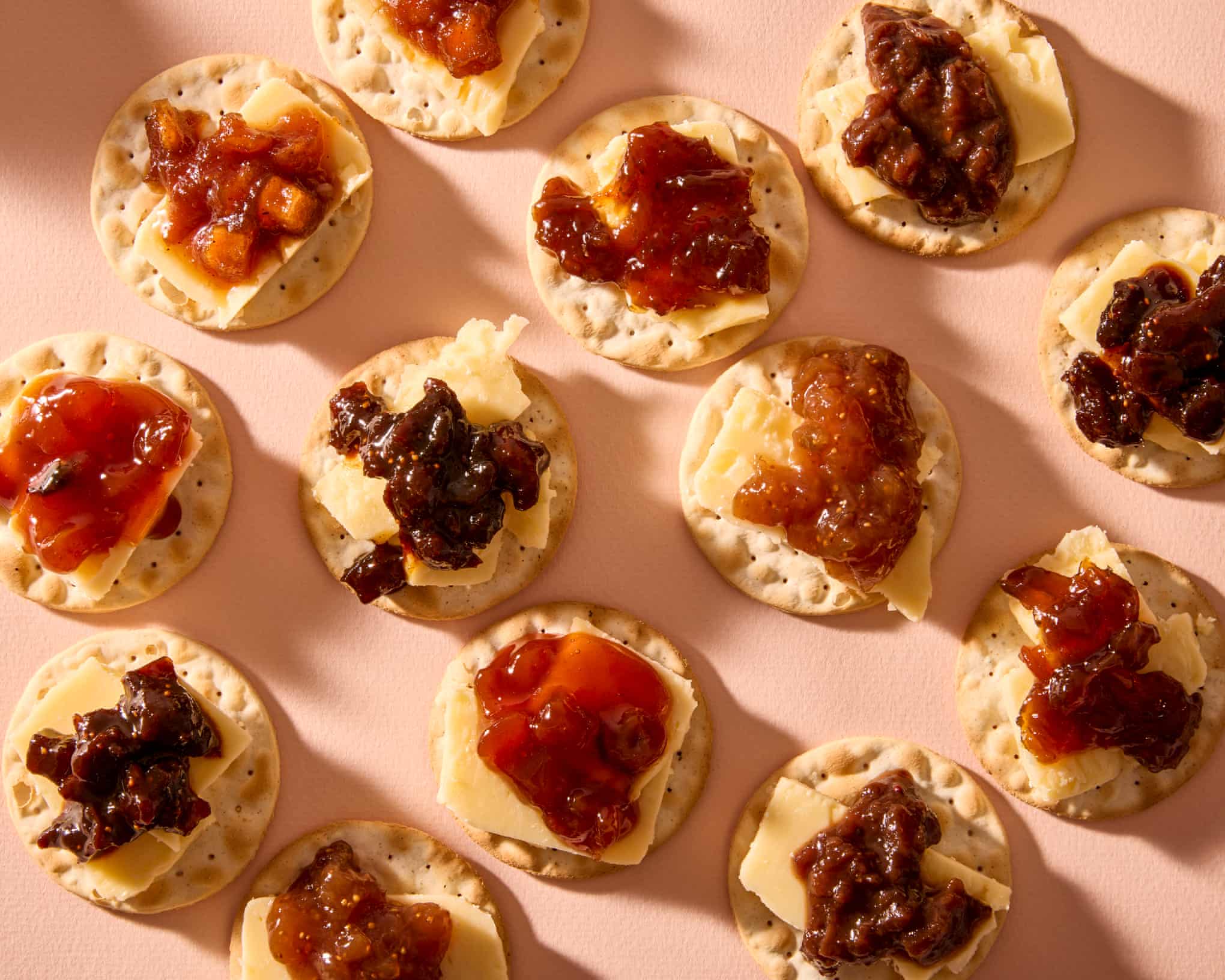
‘Simple, well-crafted and excellent’: supermarket chutneys, tasted and rated | The food filter
Our resident taster dipped, spread and dolloped his way through 10 chutneys in time for Christmas, so you don’t get in a pickle choosing one for yourself The fair price for 14 everyday items, from cleaning spray to olive oilThe Guardian’s journalism is independent. We will earn a commission if you buy something through an affiliate link. Learn more.Chutney is a heritage recipe that’s been largely unchanged for a century, and some of the best versions are the simplest and most traditional. That said, even when it’s made on an industrial scale, chutney usually features just fruit, sugar, vinegar and perhaps some pectin
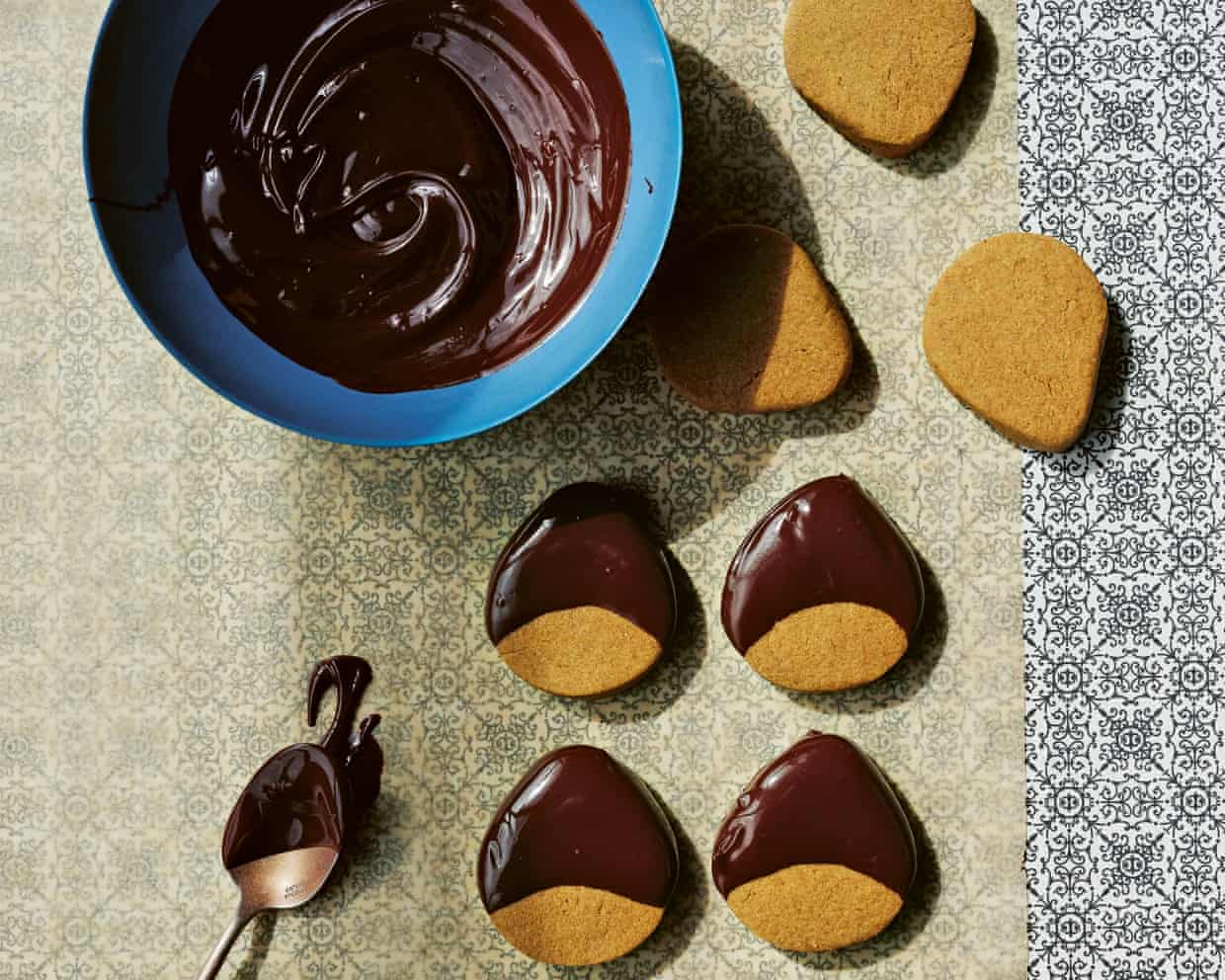
It’s not all about roasting on an open fire – there’s so much more you can do with chestnuts
If I’d ever spared a thought for how chestnuts – the sweet, edible kind, not the combative horsey sort – were harvested, I would probably have conjured rosy-cheeked peasants bent low in ancient forests and filling rough-hewn hessian sacks by hand. Back-breaking labour, sure, but so picturesque!I was delighted, therefore, while on a writing retreat in Umbria last month, to get the opportunity to watch an elderly couple manoeuvre a giant vacuum around their haphazard orchard, followed by their furious sheepdog. The fallen crop was sucked into a giant fan that spat their bristly jackets back out on to the ground, and the nuts then went to be sorted by other family members on a conveyor belt in the barn – the good ones to be sold in the shell, the less perfect specimens swiftly dropped into a bucket for processing.Later in the week, a lorry turned up in the village square to pick up bags from other small local producers, and that evening I roasted a pan of chestnuts on the fire with new appreciation, while loudly bemoaning the disappearance from the streets of London of the chestnut sellers of my childhood (though this makes me sound positively Dickensian, I can confirm that I’m talking about this century. Note also that Nigel Slater is less starry-eyed on the subject

Benjamina Ebuehi’s recipe for apple, brown butter and oat loaf | The sweet spot
I adore a good loaf cake. There’s something about them that’s just inherently cosy and wholesome, and this one in particular is perfect for the colder months, not least because it’s simple and sturdy in the very best way. It’d be right at home with a coffee for breakfast, as well as gently warmed in a pan with butter and served with hot custard on a rainy evening. A real all-rounder.Prep 5 min Cook 1 hr 25 min Serves 8180g unsalted butter 200g light muscovado sugar 2 large eggs 50g soured cream 210g plain flour ½ tsp cinnamon 40g porridge oats, plus extra to finish1½ tsp baking powder ¼ tsp salt 2 eating apples 2 tbsp demerara sugarHeat the oven to 180C (160C fan)/350F/gas 4 and grease and line a 2lb loaf tin
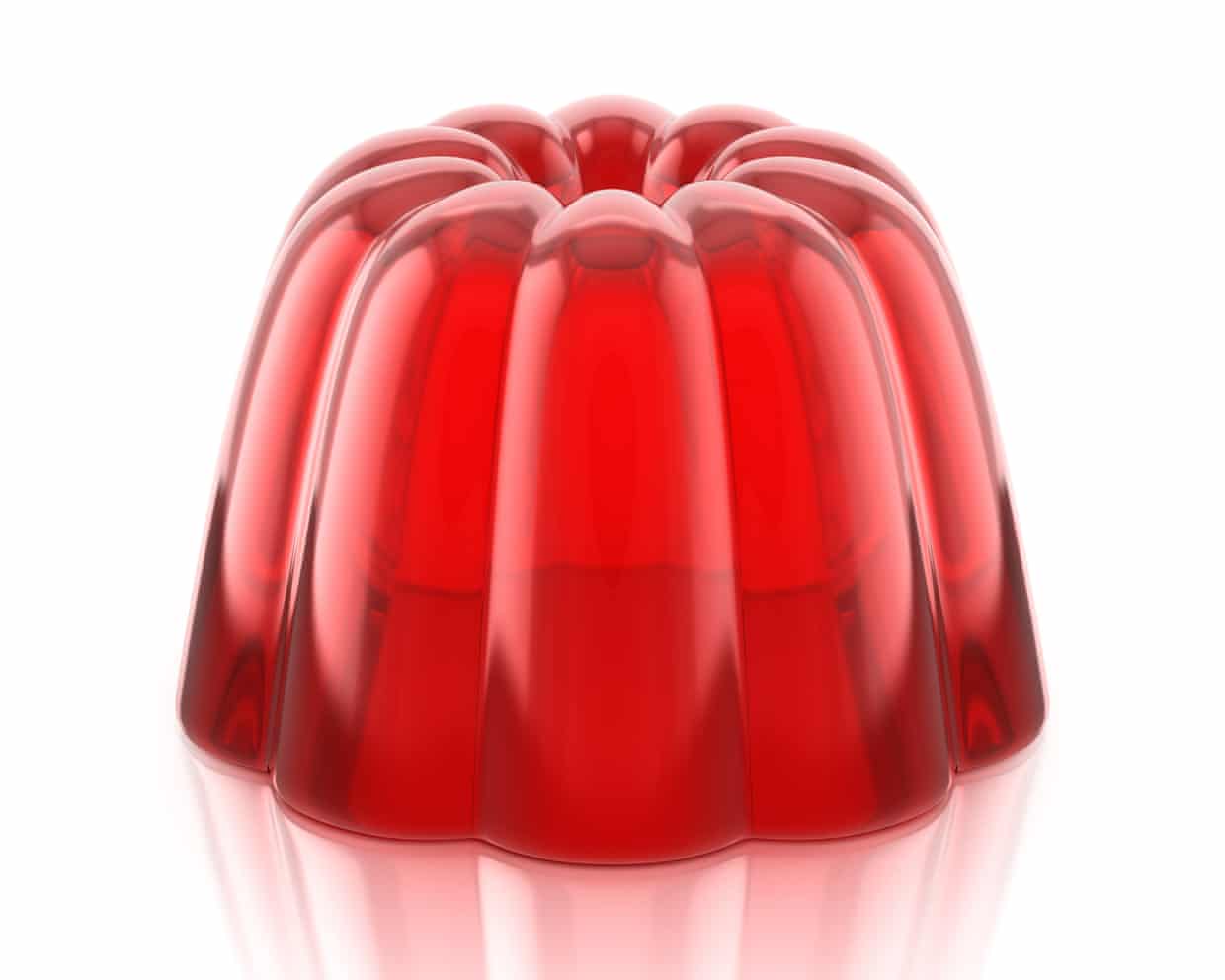
Kids have a wobble in the face of rabbit jelly | Brief letters
I sympathise with Tim Dowling and the challenges of releasing blancmange from a rabbit mould (Jelly’s back! Here are three worth making – and three that should wobble off to the bin, 12 November). My mistake was adding chopped pineapple to the jelly mix, with the resulting jelly looking as though we were seeing the undigested contents of a rabbit’s stomach. My children refused to eat it.Dee ReidTwyford, Berkshire Tim Dowling has missed out one important ingredient from his otherwise commendable recipe for blancmange rabbit: the two sultanas you stick on for the eyes.Jane GregoryEmsworth, Hampshire Regarding concerns over Epstein Road in Thamesmead (Letters, 12 November), spare a thought for those unfortunate residents of Savile Row in central London

Think autumn, think Piedmont – wine from ‘the foot of the mountain’
By the time this column comes out, it will be Big Coat weather, so those collars will be getting higher and the scarves thicker. And, when there’s a chill in the air, I like to eat food than leans towards smoky and earthy flavours: charred vegetables, stews, sausages and mushroom everything.The Guardian’s journalism is independent. We will earn a commission if you buy something through an affiliate link. Learn more
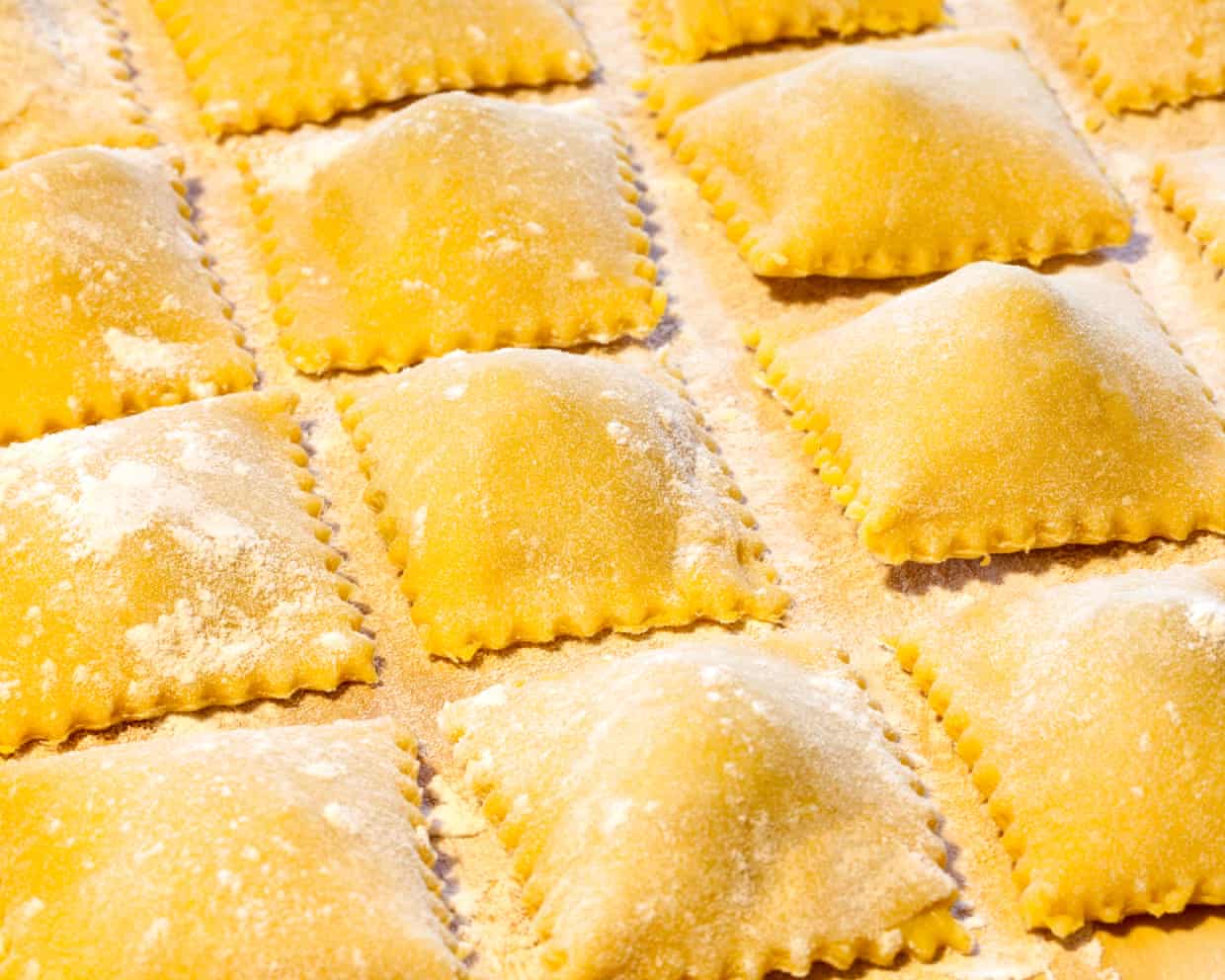
‘I’m now a one-issue voter’: US shoppers fear Italian pasta tariff will cause shortage
On Monday night, Kelly planned to make dinner and spend the night inside with her family. Instead, she told her husband to put the kids to bed so she could get in the car, drive to Wegmans and “panic buy” $100 worth of Rummo pasta.Kelly, a 42-year-old product manager who lives outside Philadelphia, has celiac disease, which means that eating gluten triggers an immune response that leads to digestive issues. She saw fellow gluten-free people on Reddit and TikTok freaking out over the fact that the US is mulling a 107% tariff on Italian pasta imports. According to the Wall Street Journal, the hike could lead to those companies withdrawing from the US market as early as January

Japan and Switzerland’s economies contract as US tariffs hit exports; Alphabet shares jump after Warren Buffett reveals stake – as it happened

UK officials ‘working day and night’ to resolve NHS drug pricing row’

Jeff Bezos reportedly launches new AI startup with himself as CEO

White nationalist talking points and racial pseudoscience: welcome to Elon Musk’s Grokipedia

Money lured Anthony Joshua to circus fight but he could really hurt Jake Paul | Donald McRae

Bazball faces its ultimate test as England eye golden Ashes chance